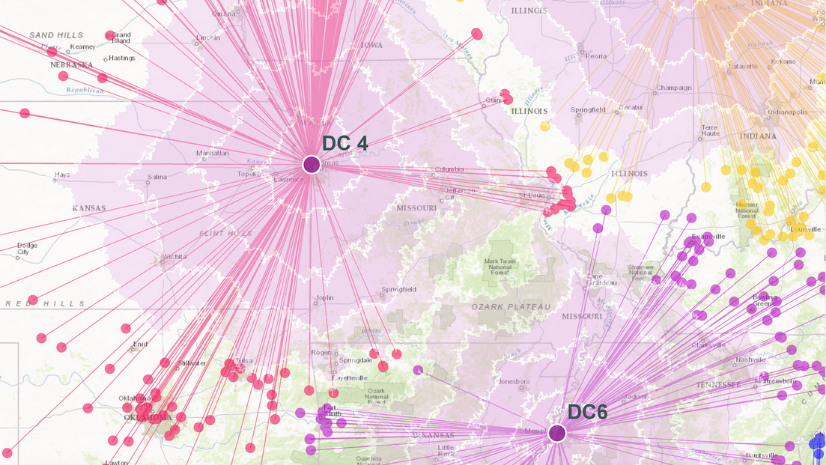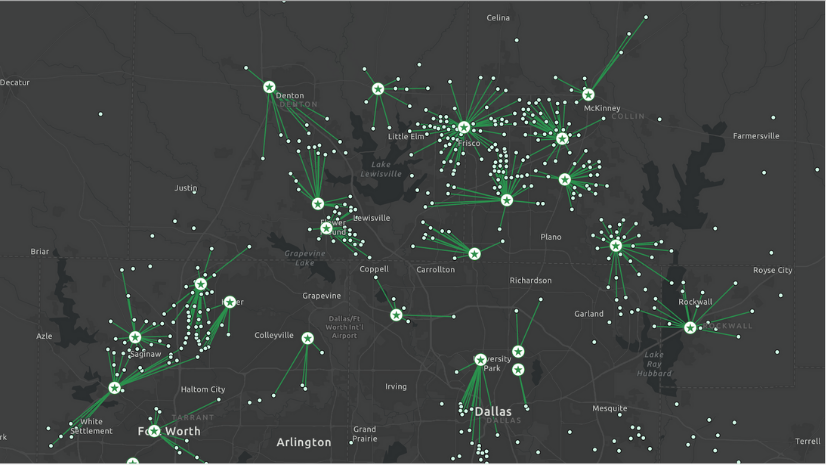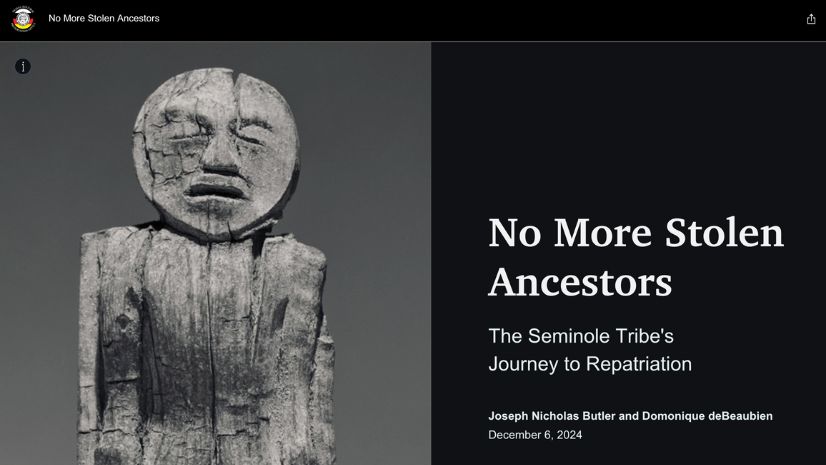For too long business resilience has been seen as a cost center among business executives. This function encompasses enterprise risk management, business continuity planning, corporate security, and other risks. Due to growing volatility, holistic business resilience strategies are emerging as competitive advantages to face such things as climate change, political/economic volatility, and supply chain disruptions.
I learned an important lesson about risk firsthand when I was 17, after a close call in Alaska nearly cost me everything.
We’re Going to Need a Bigger Boat
My father and I used to spend July chasing the Sockeye Salmon run up in the Kenai Peninsula. Every morning we would start off the day with instant coffee in our camp as we listened to the latest fish count.

One day, the count was particularly pitiful, so we made other plans. As we washed out our mugs, having looked up movie times in downtown Kenai, my uncle rolled up with his fishing boat in tow. He was heading out to sea for some Halibut – and “lucky” for us there was room on the boat. After quickly checking our licenses to make sure we had the proper endorsements, we were off.
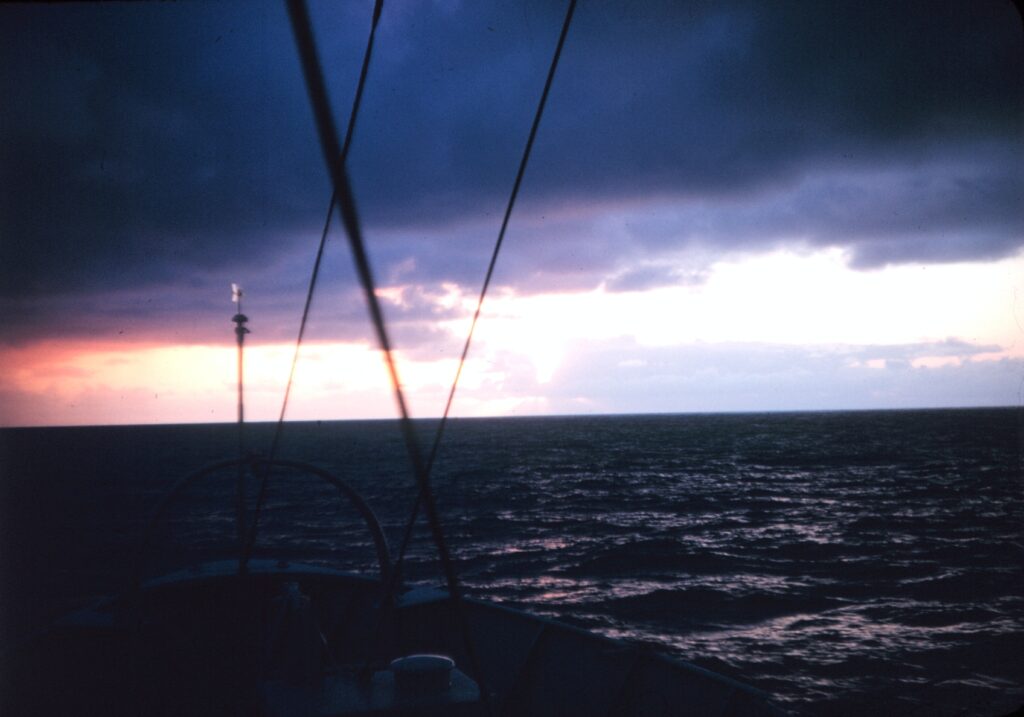
We headed out to open waters, dropping anchor about two hours from shore. Shortly after putting our lines in the cold ocean, I noticed water pooling around my sneakers. It was raining, so I dismissed the puddle at first. After five minutes though, I realized it was rising much faster than the rainfall. That’s when we saw the back of the boat beginning to dip. We opened the engine compartment and fell pale. We were sinking and only 12-inches separated the water line and the boat’s battery, which if submerged would have left us dead in the water.
My quick-thinking uncle slammed the boat’s throttle to full to pool the water away from the engine as the rest of us donned life jackets and began bailing. I cut our lines and tossed our poles on deck, icy salt-water spraying my face as I held the side railing. Meanwhile, I heard my uncle yelling “mayday” on the radio while loading up his flare gun. After 10 minutes of terror, with every second feeling like a lifetime, my father found the breach in our hull and rigged a temporary patch that would get us to shore safely.
We limped back to the launch, grabbed some chowder, and shook off the experience. However, to this day I credit that moment for introducing me to risk management; learning two important lessons that businesses often ignore.
- If a risk management strategy doesn’t accurately reflect the context of the risk, it’s worthless.
- Adequate protection is worth every penny in times of crisis.
Don’t Flounder with Failing Resilience Strategies
Like many business risks, if you’re in a boat, the possibility of sinking is always present. This is why fishermen mitigate risks with life preservers, radios to signal for help, and emergency flares as a back-up to signal other boats for assistance.
We followed the necessary regulations to manage our risk. But upon reflection, I realized none of that would have helped us in the moment. The open water off the coast in Alaska is frigid, even in the summer, and hypothermia happens quickly. The closest boats to us were miles away and the Coast Guard over an hour from our position.
The first lesson I learned is to evaluate risk avoidance against potential threat to make sure the measures work. Thinking like a risk manager, was there any value to those life preservers in the face of hypothermia? If anything, they may have prolonged a painful end for us all. If a risk management strategy doesn’t accurately reflect the context of the risk, it’s worthless.
If There’s a Winning Risk Strategy, Be Sure to Use It
In the context of the risk, we needed special survival suits, purposefully designed to keep swimmers warm in cold water or an emergency life raft to keep us dry. Ironically, just seven months earlier, my uncle was gifted such a raft for Christmas. Why wasn’t the raft in the boat that day? To quote my uncle, “we would have had less room for fish.”
That admission reflects an executive mindset toward risk I’ve seen when working with many businesses. Minimizing protection and maximizing output cannot overcome catastrophic risk. It doesn’t matter how much you catch if the boat is compromised. If you don’t safeguard against risks with resiliency strategies, you’re bound to be left with nothing.
Using Location Intelligence to Contextualize Risks
My passion for applying location intelligence stems from this experience. I’ve been able to establish holistic business resilience strategies for companies that use geography to assess risks. Geographic thinking helps businesses model and consider contingencies. It’s uniquely suited to help businesses identify, contextualize, and mitigate the types of risks they face.
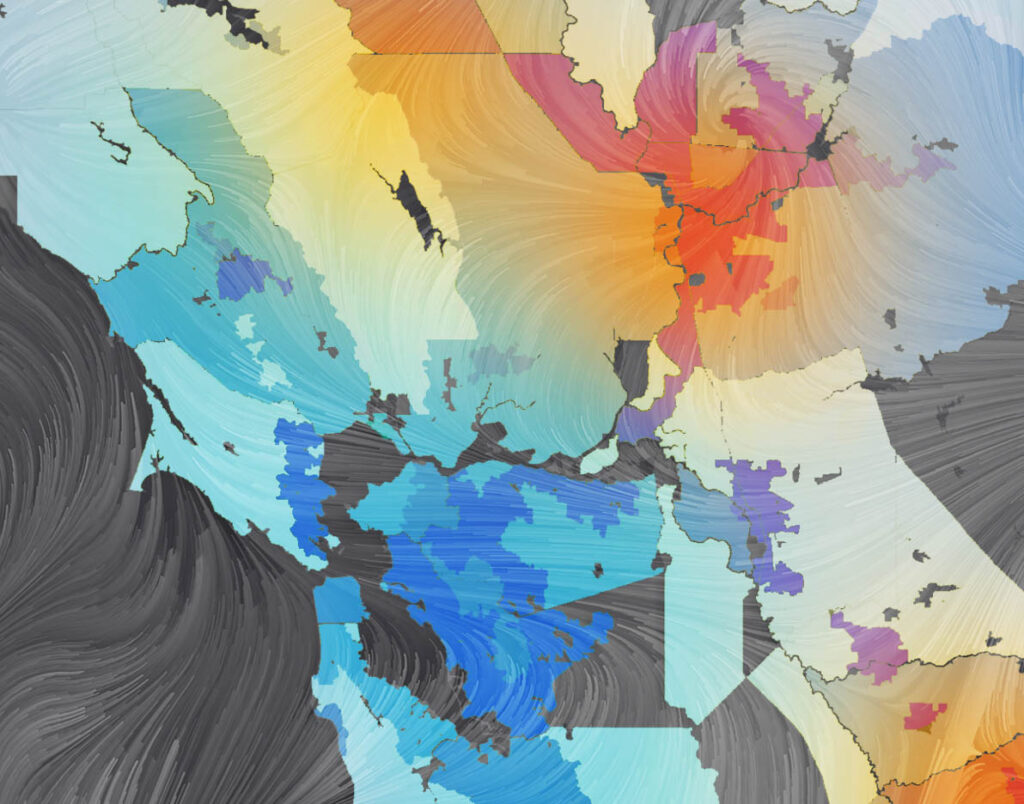
A geographic approach, seeing assets on a dynamic operational base map, makes it easy to share and communicate important up-to-date details with everyone. This digital reality reduces risks, optimizes operations, improves business processes, and enhances decision making.
The approach has proven helpful with organizations looking to protect their employees and customers from a rapidly spreading virus. Others have seen the value of proactively investing in hardening their physical assets to better weather forecasts of climate change. And all comment that a geographic approach helps eliminate silos between risk professionals and traditional business functions – enhancing traditional business functions this executive level buy-in is the key to a successful resilience strategy.
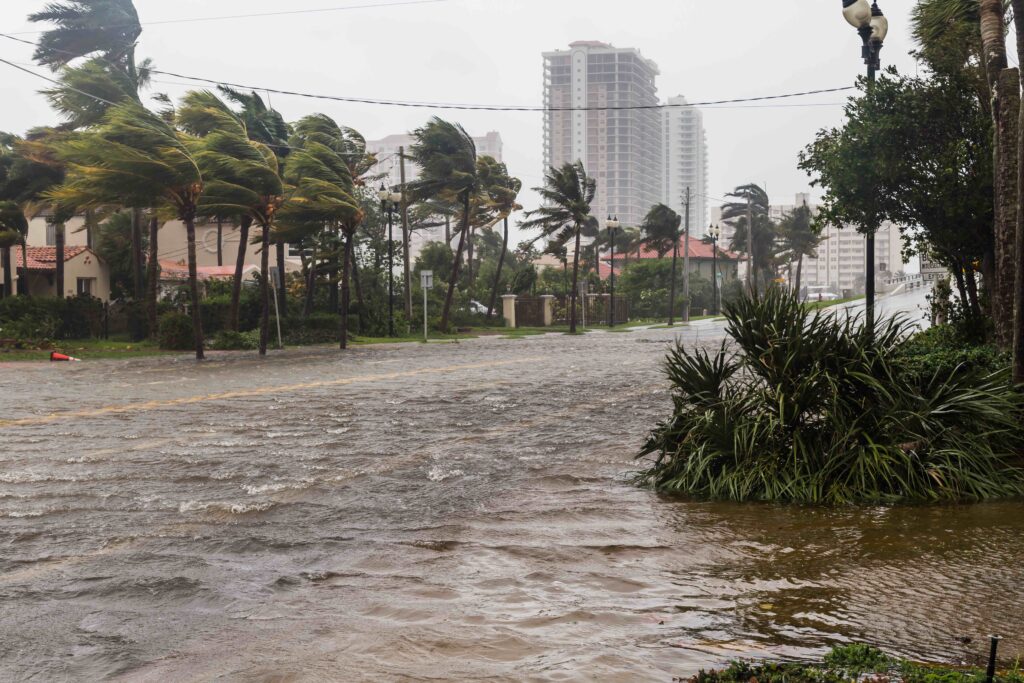
Democratizing Risk Insights
In a recent interview with the Caffeinated Risk podcast, I spoke with Tim McCreight and Doug Leece on the business value of risk management. We all agreed that business resilience is not a cost center, but a strategic competitive advantage now more than ever. What we’ve found though, is that the silos between risk professionals and business functions leaves valuable risk insights out of strategic planning.

With the increasing adoption of location intelligence among business resilience teams, we’re seeing the democratization of risk insights and alignment between business valuation and resilience planning. Using principles of enterprise security risk management (ESRM) as a foundation, the geospatial approach is incorporating the outputs of risk teams into business intelligence workflows so these organizations can continue to thrive when crises emerge.
If we’ve learned anything over the past five years, between global pandemics, increasingly frequent and severe natural disasters, and growing disruptions, businesses that continue to execute and fulfill their brand promises will be uniquely suited to grow – while others fail. In this world of growing volatility, where customers are impacted by the same challenges as businesses, resilience will become imperative to success, because brand loyalty goes out the window when necessity comes knocking at the door.


